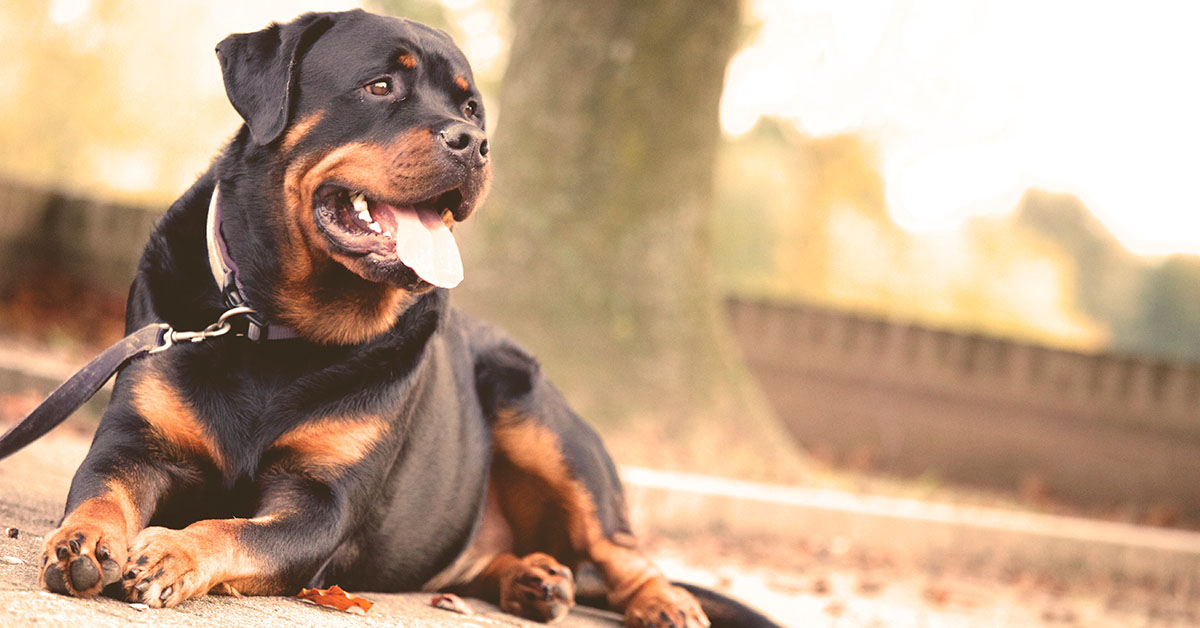
How to Teach Your Dog to Loose Leash Walk
Does your dog pull on their leash? Does it feel like your arm gets pulled off every time you go for a walk? It can be unpleasant and make walking your dog a huge chore that no one wants to do. Dog owners will often avoid walking a dog that pulls— which can make the problem worse.
If you’re looking to teach your dog how to walk with a loose leash and stop pulling so much, read our expert tips from our professional Cincinnati dog trainers.
What is Loose Leash Walking?
Loose leash walking is where your dog is able to walk by your side and not pull on the leash at any time during your walk. Essentially, “loose leash walking” is like saying “Walk with me” to your do while keeping slack in the leash and not having your dog pulling or dragging you.
While many dog owners think this is a skill dogs know right off the bat, it actually takes time and practice to get it right.
The Difference Between Loose Leash Walking and “Heel”
While “heel” is an excellent command for your dog to know, it’s different than loose leash walking. Like stated above, loose leash walking is where your dog is able to walk on a leash without pulling. When your dog is walking with a loose leash, it doesn’t matter how far away your dog is from you— just that they’re not pulling.
During the “heel” command, your dog is walking extremely close to your side and focusing on your completely.
Both have their place in training with times each is warranted.
Tips on How to Teach Your Dog to Walk on a Loose Leash
Training your dog to walk on a loose leash can be challenging at times, but it is possible. Below we listed a few things to consider and what you’ll need to do.
1. Choose a Good Harness
Most experts will recommend a head halter or front-clip harness to help keep a dog from pulling. Your dog feels the urge to pull when something is clipped to their back as part of their working instincts. Front leads and head halters can mitigate that. Whatever option you choose, make sure it fits your dog properly.
2. Use a Non-Retractable Leash
As for your leash, you want to avoid retractable leashes for a variety of reasons. Retractable leashes have been known to cause trauma to both humans and pets— not to mention they can break if pulled on too hard. Try using a non-retractable leash that is 4 feet to 6 feet in length.
3. Always Reward for Good Behavior
There’s a variety of ways you can reward your dog. Some prefer a simple reward: when your dog doesn’t pull, you can move forward. Others prefer to use a treat pouch filled with your dog’s favorite treats. When your dog does the wanted behavior (in this case, not pulling on the leash), reward them and continue on.
4. Let Your Dog Sniff
Walking on a leash isn’t always adequate enough exercise for most dogs, but it doesn’t mean walks aren’t important. We use Facebook or Instagram to get our information, but your dog gathers information by sniffing. Let your dog investigate all the scents they could possibly pick up, it helps keep them busy and tires out their mind.
Looking For Some Help From an Expert?
Not sure what this behavior should look like or when to reward? Contact our team today to start training your dog with one of our dog training experts. We can help you and your dog develop a system that works best for your walking style.
